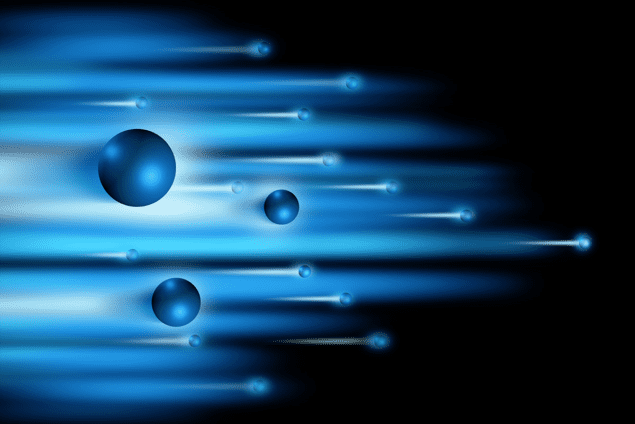
Using ultracold atoms to simulate a model of ferromagnetism that was first proposed 85 years ago has come one step closer because of work done by Matteo Zaccanti of the University of Florence and colleagues in Italy and the US. The team has managed to separate experimental signals from atoms that pair-up to create molecules from signals from free atoms that have aligned their magnetic moments with their neighbours. As well as providing insights into the fundamental nature of magnetic interactions, the research could be used to simulate other interesting systems such as “quantum emulsions”.
While iron is the most familiar magnetic material, the origins of its magnetism are rather murky. It cannot be described simply as a collection of magnetic moments that are fixed in a crystalline lattice because its magnetism arises from the spins of its conduction electrons, which are free to move throughout the material.
In 1933 the British physicist Edmund Stoner came up with a theory of “itinerant ferromagnetism” to explain how these electrons become magnetic. Wolfgang Pauli had already pointed out that electrons with spins pointing in opposite directions can get much closer to each other than electrons with spins pointing in the same direction. However, electrons are charged particles and being up close has a huge cost in terms of electrostatic energy. If the spins point in the same direction, the electrons cannot get close together and the electrostatic energy is much lower — but this comes with the cost of increased kinetic energy. Stoner worked out that at a certain electron density, alignment wins-out and the material becomes a ferromagnet.
Mean field
Stoner expressed the interaction felt by a single electron in terms of a field representing all the other electrons. Working at the University of Leeds, he found that if this field was strong enough, the spins would align. But calculating the field for a material like iron remains a formidable challenge.
Ultracold fermionic atoms offer a way of studying the Stoner model because the interactions between the atoms can be fine-tuned by applying magnetics fields. An important challenge facing physicists doing such experiments is the tendency for pairs of atoms to form molecules comprising atoms with opposite spins. In past experiments, it had been difficult to separate signals associated with ferromagnetic interactions from signals associated with the formation of molecular pairs.
Now, Zaccanti and colleagues have done a “pump-probe” experiment in which they have been able to separate the signals and also show that the ferromagnetic interaction persists for a relatively long period of time. Their experiment involved firing a 150 µs radio frequency (RF) pump pulse at the gas, which initiates the ferromagnetic interaction. Then the system is allowed to evolve for several milliseconds before a probe RF pulse initiates a spectroscopic measurement of the pairing and ferromagnetic interactions.
While the atomic simulation is not the simple ferromagnetic system described by Stoner, it is a step closer. Furthermore, the emulsion-like coexistence of ferromagnetic and molecular states in the atomic gas could itself be a fascinating field of study in itself.
The atomic simulation is described in Physical Review Letters.



